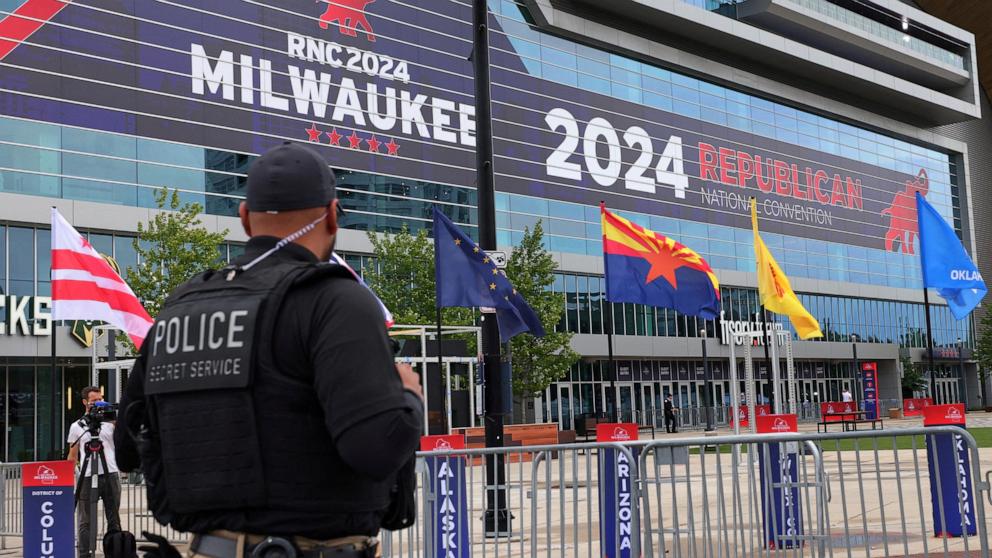- Fight Club For Women
- Posts
- The Great American Mind Tug-of-War:
The Great American Mind Tug-of-War:
Navigating "Cognitive Dissonance" in a Polarized Era
Understanding Cognitive Dissonance in Modern America
Cognitive dissonance, a term coined by psychologist Leon Festinger in the 1950s, refers to the mental discomfort experienced when a person holds two or more contradictory beliefs, values, or ideas simultaneously. This internal conflict often leads individuals to rationalize their behavior or beliefs to reduce the discomfort. In today's fast-paced, information-rich world, cognitive dissonance is more relevant than ever, influencing personal decisions and societal trends.
The Concept of Cognitive Dissonance
Cognitive dissonance arises when our actions are inconsistent with our beliefs or when we encounter information that challenges our preconceptions. For instance, if someone values healthy living but smokes cigarettes, the tension between their actions and beliefs creates cognitive dissonance. To alleviate this discomfort, they might justify their smoking by downplaying the health risks or convincing themselves that quitting is too difficult.
Cognitive Dissonance in Everyday Life
In America today, cognitive dissonance is evident in many aspects of daily life. Let's explore some common examples:
Environmental Concerns vs. Lifestyle Choices: Many Americans express concern about climate change and support environmental sustainability. Yet, the same individuals might drive gas-guzzling vehicles, consume excessive amounts of single-use plastics, or engage in other environmentally harmful practices. The dissonance here is between the desire to protect the environment and the convenience or comfort of certain lifestyle choices.
Health Awareness vs. Dietary Habits: With a growing awareness of the importance of healthy eating, many people strive to adopt better dietary habits. However, the allure of fast food, sugary snacks, and processed meals often leads to choices that contradict their health goals. This conflict between knowledge and behavior is a classic example of cognitive dissonance.
Political Beliefs vs. Actions: In the political realm, Americans often experience cognitive dissonance when their actions do not align with their stated beliefs. For example, someone who advocates for social justice might still support policies or leaders that contradict these values. The tension between their ideals and actions can lead to rationalizations or selective acceptance of information that supports their position.
Media and Cognitive Dissonance
The media landscape plays a significant role in perpetuating cognitive dissonance. With the abundance of information available, individuals can easily find sources that reinforce their existing beliefs, even if those beliefs are contradicted by facts. This phenomenon, known as "confirmation bias," exacerbates cognitive dissonance by allowing people to avoid confronting uncomfortable truths.
For instance, a person who holds a strong political belief may only consume news from outlets that support their viewpoint, ignoring or discrediting opposing perspectives. This selective exposure helps maintain their cognitive consistency but at the cost of a balanced understanding of complex issues.
The Impact of Social Media
Social media platforms further complicate the issue by creating echo chambers where users are surrounded by like-minded individuals. These digital environments amplify cognitive dissonance by reinforcing pre-existing beliefs and minimizing exposure to diverse opinions. The result is a polarized society where individuals become more entrenched in their views and less willing to engage in constructive dialogue.
Addressing Cognitive Dissonance
To address cognitive dissonance, it's essential to cultivate self-awareness and critical thinking. Here are some strategies to consider:
Seek Diverse Perspectives: Make a conscious effort to expose yourself to different viewpoints, especially those that challenge your beliefs. This can help you develop a more nuanced understanding of complex issues.
Reflect on Your Beliefs and Actions: Regularly assess whether your actions align with your stated values and beliefs. When you notice inconsistencies, explore the underlying reasons and consider making changes to reduce the dissonance.
Engage in Constructive Dialogue: Participate in open, respectful conversations with others, even when you disagree. This can foster mutual understanding and help bridge ideological divides.
Embrace Uncertainty: Accept that it's okay to hold conflicting ideas and that uncertainty is a natural part of the human experience. Being open to change and growth can reduce the discomfort associated with cognitive dissonance.
Conclusion
Cognitive dissonance is an inherent part of the human experience, influencing our thoughts, behaviors, and interactions. In today's complex and interconnected world, recognizing and addressing cognitive dissonance is crucial for personal growth and societal harmony. By seeking diverse perspectives, reflecting on our beliefs and actions, and engaging in constructive dialogue, we can navigate the challenges of cognitive dissonance and work towards a more cohesive and understanding society. ~RS
Todays Top Story

Amazing Fact Generator

China owns all of the pandas in the world. They rent them out for about $1 million a year.
My Favorite Pinterest Saves Of The Day !!
Now In The Bucks County Local News
What do you think about the new FCFW newsletter? Your opinion matters to me!! !! |








